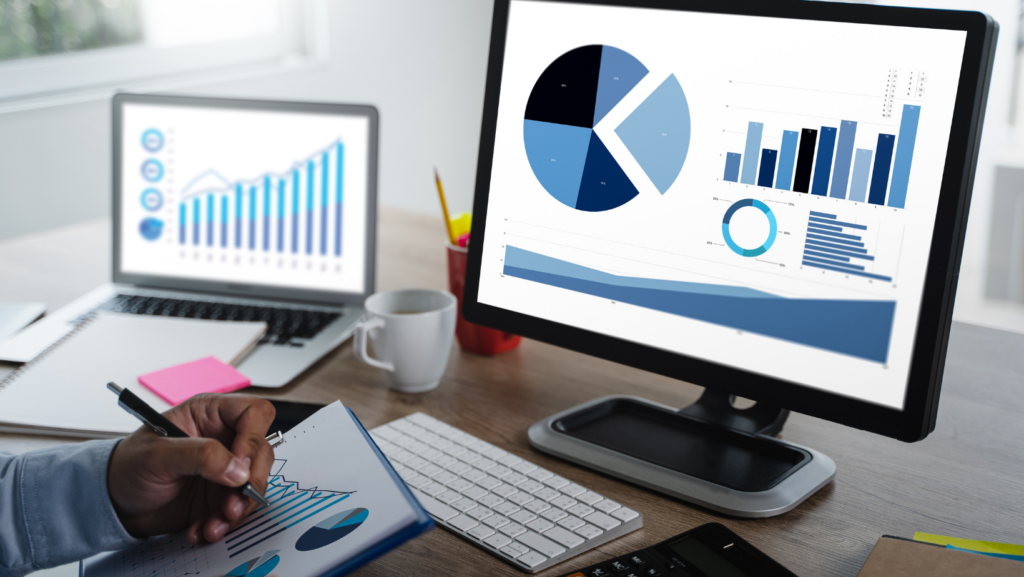In the bustling digital age, two terms have risen to prominence – data science and big data analytics. They’re the driving forces behind today’s data-driven decision making, shaping everything from business strategies to social trends.
This article explores the fascinating world of data science and big data analytics, their similarities, differences, and how they’re revolutionizing industries across the globe. Buckle up for an enlightening journey into the realm of data, where numbers tell stories and predictions shape realities.
Data Science and Big Data Analytics

Following from the previous discussion of their importance in the digital age, let’s delve into how data science and big data analytics came to exist and progress over time.
Cast back to an era devoid of computers, where data existed but wasn’t something easily quantifiable. An era where statistics reigned supreme, this area of mathematics established the foundation for future data exploration. With the rise of personal computers in the 1980s, the capacity to manage data increased dramatically, opening the door for the birth of data science.
Fast forward to the 90s, and the concept of ‘big data’ emerged, surfacing alongside the growth of the Internet. More data was created and at a faster rate than ever before. This grew beyond traditional data processing capabilities, planting the seeds of big data analytics.
Key Milestones and Technological Advancements

As we transition into the 21st century, data generation skyrocketed. Developments in technology, such as the creation of platforms to collect, store, and process data, further forged the path of data science and big data analytics.
In 2005, Hadoop, a framework to handle big data, emerged. A year later, the term ‘data science’ became popularized, following an article in the Harvard Business Evaluation titled ‘Data Scientist: The Sexiest Job of the 21st Century.’
In 2010, big advances came with the development of NoSQL databases, combating the limitations of their traditional SQL counterparts. These databases facilitated the handling of the growing volumes, velocity, and variety of data, bolstering big data analytics.
Core Concepts in Data Science and Big Data Analytics
Understanding Big Data
Big data represents a vast amount of data—often in petabytes or exabytes—that traditional data processing applications can’t adequately handle. This data, flowing in from numerous sources like social media, IoT devices, and business transactions, provides valuable insights when correct analytical methods apply. Big data is often characterized by 3Vs—Volume, Variety, and Velocity, highlighting its size (volume), different types (variety), and speed (velocity) at which it’s generated.
Exploring Data Science Techniques
Data Science, a mix of statistics, data analysis, machine learning and their related methods, aims to extract knowledge and insights from structured and unstructured data. Several techniques power this interdisciplinary field, including:

- Statistical Analysis: A traditional approach of examining data within the framework of probability theory and statistics.
- Data Mining: An advanced technique of discovering hidden patterns within large datasets.
- Predictive Analytics: A technique for forecasting future trends using statistical algorithms and machine learning method.
- Machine Learning: An artificial intelligence branch that enables computers to learn from data and make decisions or predictions without being explicitly programmed.
Algorithms alone don’t complete the task; Data Science combines these tools with powerful programming languages like Python and R, along with data visualization tools such as Tableau and PowerBI. Simultaneously, platforms like Hadoop augment the power of data science by facilitating distributed computing, essential for handling big data.
By incorporating these core concepts and techniques, Data Science and Big Data Analytics carry the power of turning vast amounts of abstract data into concrete, actionable intelligence. From supporting business decisions to advancing scientific research, they’re shaping a more data-driven future.
Fascinating World of Data Science and Big Data Analytics
Data science and big data analytics are changing the way businesses operate and make decisions. They’re not just buzzwords; they’re powerful tools that have proven their worth in sectors like healthcare and finance. With the rise of AI and Machine Learning, along with the continued focus on data ethics and privacy, it’s clear that these fields will only continue to grow in importance.
